Space weather – violent eruptions of particles, radiation, plasma and magnetism from the Sun – poses a threat to Earth’s electrical and technological infrastructure. According to the UK's Met Office, the equally pressing problem is the technology we’re using to try and predict it.
“Space weather is happening all the time. But it’s the severity of the weather event that matters and what organisations want alerting to; and different organisations have different thresholds of what is significant for them.”

So says Catherine Burnett of the Met Office Space Weather Operations Centre, the outfit tasked with watching for space weather, gauging the threat it poses to the UK and alerting the government, National Grid, emergency services and public to it.
- A guide to weather in the Solar System
- Is the Sun responsible for Ceres' atmosphere?
- How to safely observe the Sun
Space weather might be easier to think of as solar weather, since the Sun is responsible for its four forms: radiation storms, solar flares, solar radio bursts and coronal mass ejections.
All four are dangerous; not because of what they can do to Earth’s climate, but the disruption they can cause to our technology.
Radiation storms, solar radio bursts and solar flares are discharges of particles and electromagnetic radiation from the Sun.
They can change Earth’s atmosphere in a way that interrupts telecommunications and satellite signals – potentially putting anything that relies on GPS navigation into jeopardy.
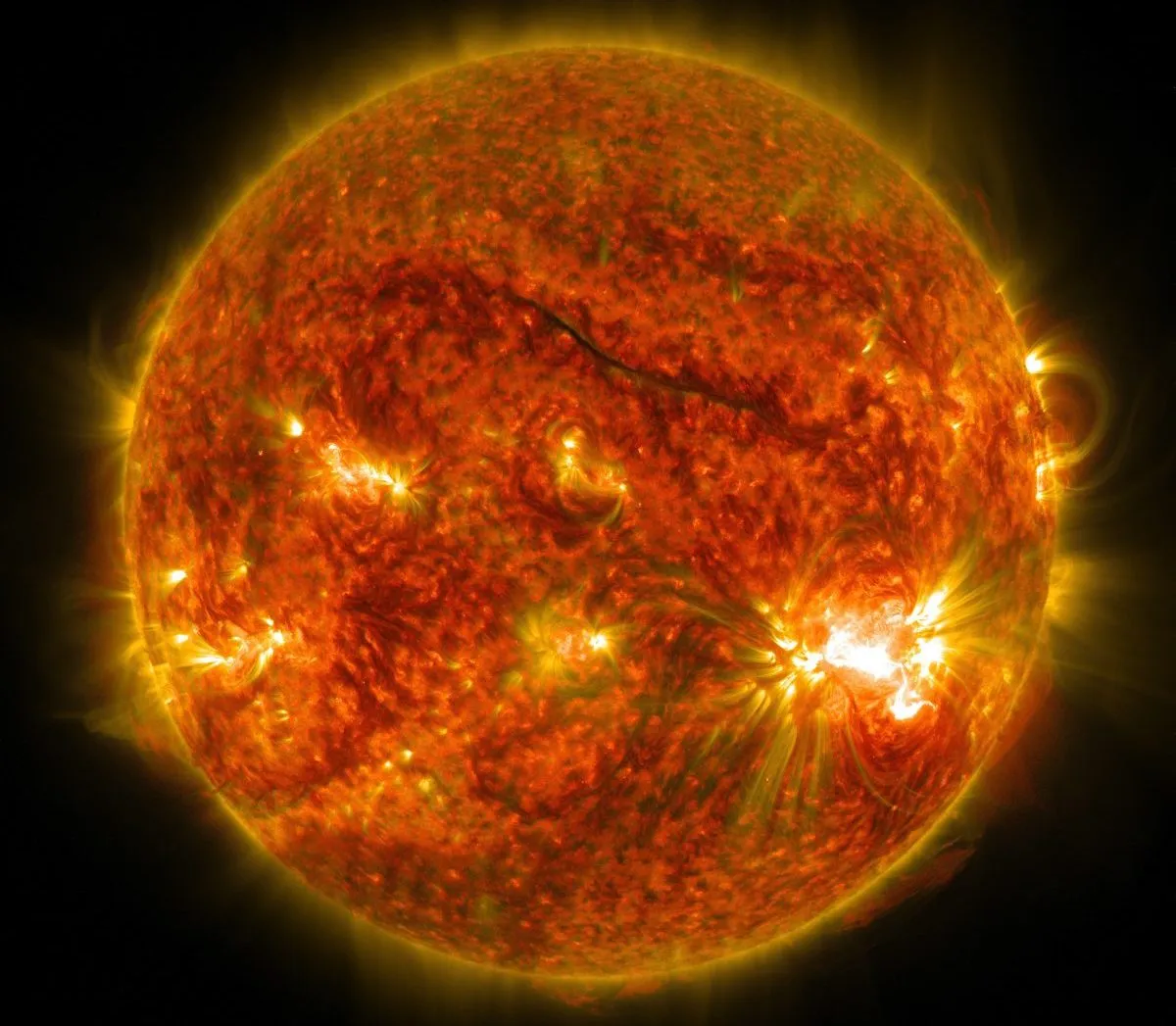
Coronal mass ejections (CMEs) represent a greater threat because they contain material from the Sun’s corona that’s embedded with magnetic fields.
CMEs can induce currents in electrical cables on Earth that are capable of knocking out power grids.
The violent nature of the Sun means these outbursts are occurring all the time.
Due to their points of origin, most are expelled harmlessly into space. But if one of those points is aligned with Earth, the consequences could be significant.
“The biggest [space weather event] on record… was back in 1859: the Carrington Event. It was a mixture of all types of space weather,” says Burnett.
Carrington cut off telegraph communications and is reported to have caused telegraph machines to spark and ignite flammable materials nearby.
It also intensified the aurora, making the Aurora Borealis visible as far south as the Caribbean.
Although impossible to ignore, the Carrington Event’s impact was fairly negligible.
What would have happened if the Carrington Event happened today?
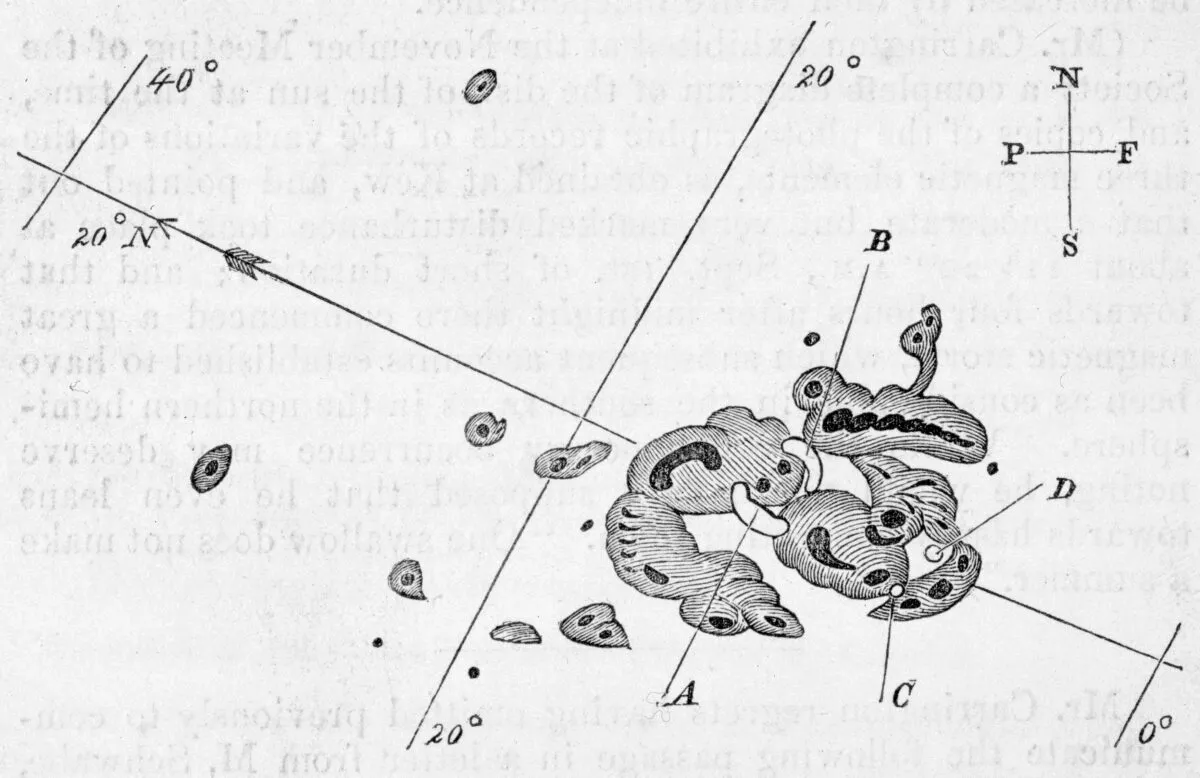
But in 1859 our reliance on technology was nothing like it is now, which is why even minor space weather events have the potential to create serious problems, as Burnett explains.
“We’ve had some events more recently but they haven’t been on the same scale as Carrington.
"We had the Quebec event in 1989, which took out the power grid in the Quebec region. We had problems in 2003 with power going down in Malmö, Sweden.
"And there have been events since then that have affected communications and resulted in the closure of Swedish air space.”
The eruption of Iceland’s Eyjafjallajökull volcano in 2010 led to the Met Office Space Weather Operations Centre being established.
After seeing the widespread turmoil caused by the eruption’s dust cloud, the UK government began investigating other natural hazards capable of producing similarly disastrous consequences.
Space weather was deemed to be one such hazard and was put on the National Risk Register in 2011.
The Met Office Space Weather Operations Centre was set up to forecast and help mitigate its effects and began operating in the Met Office’s Exeter headquarters in 2014.
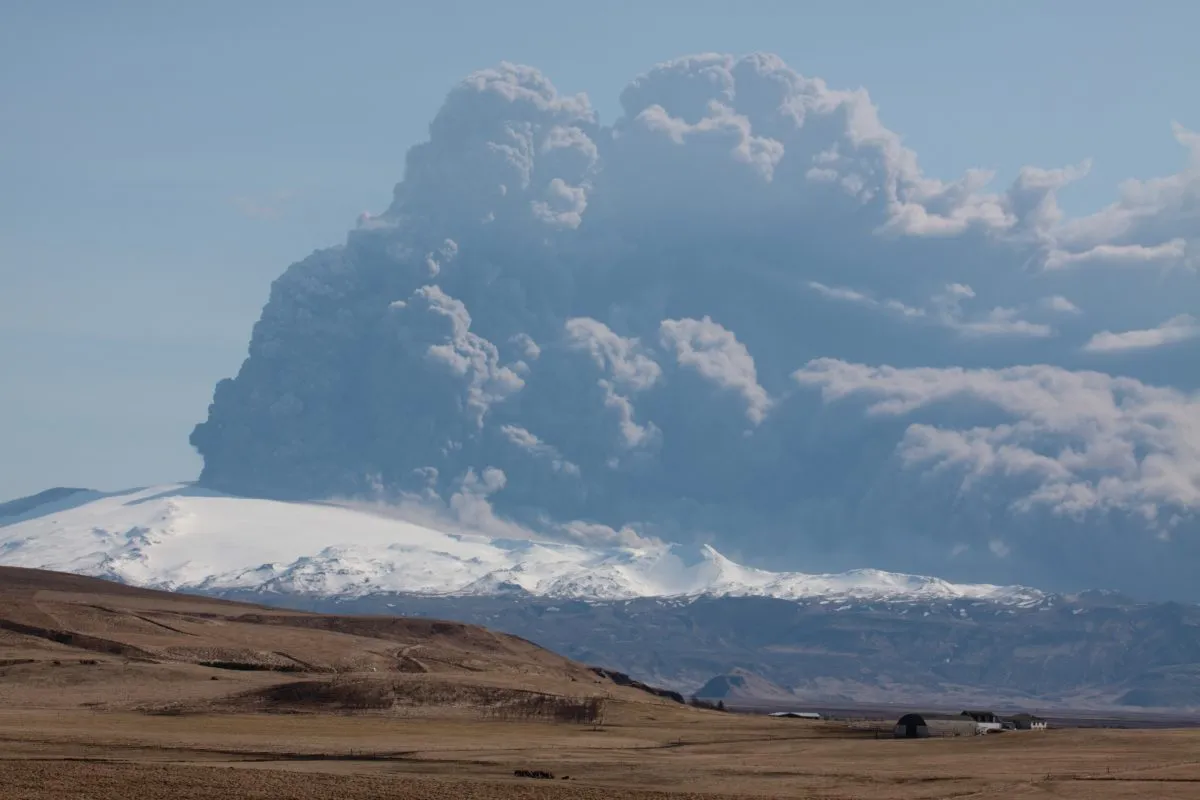
“Primarily, what we’re looking at is solar imagery and data from a fairly limited number of spacecraft,” she explains.
“Then we analyse it all to produce the solar equivalent of a synoptic map [similar to the maps you see on a TV weather forecast with pressure bars and fronts.] We try and draw a solar equivalent with sunspots or active magnetic regions and coronal holes.
"By analysing those we can forecast the probability of space weather activity over the next few days. If we see a CME then we model it in our supercomputer.
"That will give us an output that helps us estimate which direction it’s travelling in and, if it’s heading towards Earth, what its likely arrival time is.”
Depending on when it’s spotted, a CME could take anywhere between 19-96 hours to reach Earth.
So the analysis and modelling needs to be carried out as quickly as possible to determine if and when it’s likely to hit us, and how impactful it could be.
Only once that’s been done can the Met Office Space Weather Operations Centre start issuing warnings, which means observing and modelling space weather is a 24/7 operation.
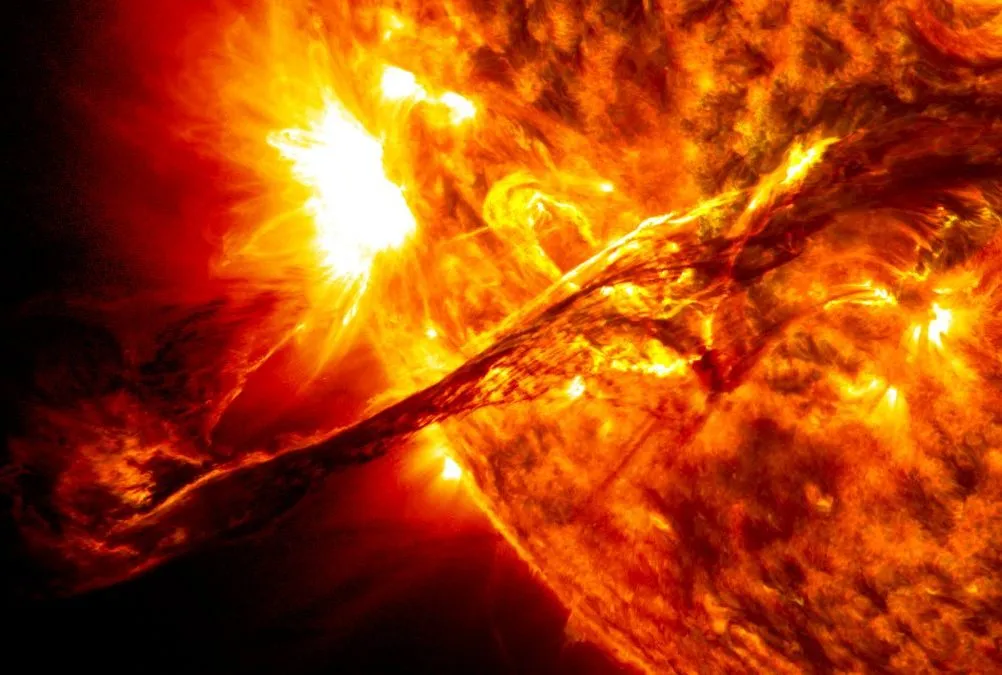
Weather watching around the world
Monitoring space weather isn’t just a UK operation; it’s an international one too.
The Met Office Space Weather Operations Centre collaborates with the US Space Weather Prediction Center (who provided the Enlil software used to model and forecast CMEs) and the space weather centres in Australia and South Korea.
Working together they’ve built detailed and growing archives of data, readings and predictions that are not only helping to improve our ability to forecast the Sun’s activity but also advance a new branch of weather forecasting.
But there’s a problem: this new branch of weather forecasting relies on old technology.
“Probably the biggest risk to space weather forecasting at the moment is that a lot of the satellites we use are coming towards the end of their planned lifetimes,” says Burnett. “Some of them have already gone beyond it.”
The Met Office Space Weather Operations Centre uses data collected by NASA’s Solar Dynamics Observatory and Deep Space Climate Observatory, launched in 2010 and 2015, respectively.
If we see a CME then we model it in our supercomputer. That will give us an output that helps us estimate which direction it’s travelling in and, if it’s heading towards Earth, what its likely arrival time is.
Catherine Burnett, Met Office Space Weather Operations Centre
Both spacecraft have planned mission durations expected to take them up to 2020 – so they could have less than two years of functional life left, potentially spelling disaster for anyone relying on the information they provide.
Somewhat encouraging is the fact that the Met Office Space Weather Operations Centre is still receiving data from one of the Solar Terrestrial Relations Observatory, the Solar and Heliospheric Observatory and the Advanced Composition Explorer, which are all still working more than 10 years after their expected expiry dates (more than 20 years in the cases of SOHO and ACE).
It’s not all doom and gloom, but the Met Office Space Weather Operations Centre and its international affiliates still need new satellites if their ability to forecast space weather is ever going to catch up to that of terrestrial weather.
“Most terrestrial forecast models have developed because of the vast increase in observations, and therefore understanding, of what’s going on in the environment,” says Burnett.
“When you don’t have that volume of data your computer models don’t develop as quickly and so [when it comes to space weather] we’re far more reliant on human interpretation of the data we’re seeing than computer modelling.”
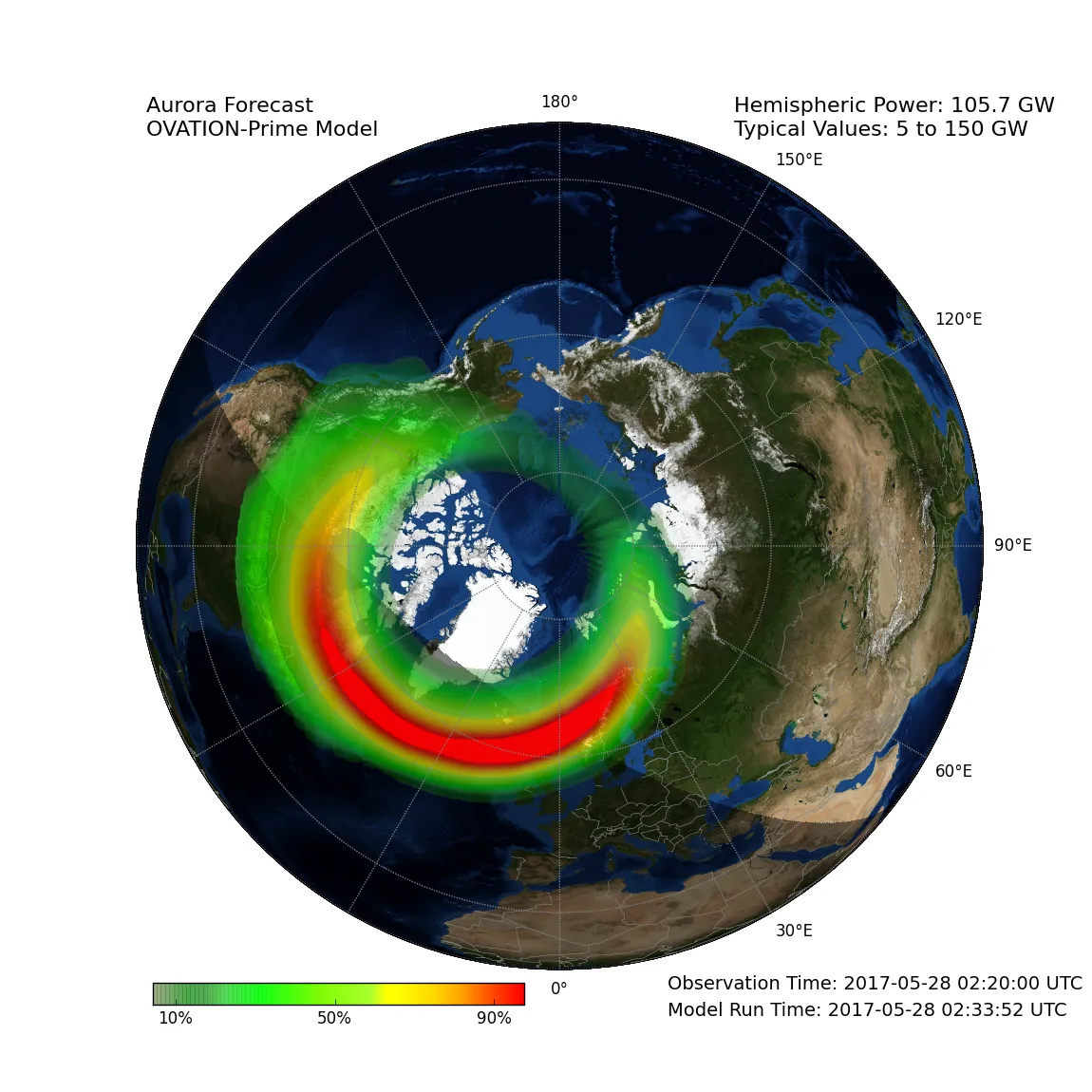
There’s still a lot that we don’t understand about the Sun’s activity and how it affects space weather, which Burnett admits can lead to some lucky escapes that, for now, we can’t explain.
“There was a large coronal mass ejection in July 2012 that was measured at the scale of a Carrington Event. In the end, it didn’t head towards Earth – it went over a satellite called Stereo A.
"But our knowledge of solar physics isn’t developed enough to understand why it went in that direction at that time and not 10 days earlier, when the sunspot it originated from was pointing directly at us.”
There are potential advancements in the pipeline in the shape of NASA’s Parker Solar Probe,- which launched in August 2018 - and ESA’s Solar Orbiter - which is due to launch in February 2020.
But the forecasters at the Met Office Space Weather Operations Centre have a wait on their hands to benefit from the insights these spacecraft might provide.
“We’re very interested in the outcomes of those projects,” says Burnett.
“But they’re scientific missions, which download high-quality data in a slower timeframe than can be used by forecasters, so it’s going to be a while before the knowledge gained on those missions feeds through into more forecasting capability.
"They are addressing the big scientific questions that we need answering if we’re going to improve forecasting.”
A mission that might have a more immediate impact, however, is one the Met Office Space Weather Operations Centre is hoping to develop in collaboration with the UK Space Agency and ESA.
“At the moment, most of the spacecraft are owned and operated by the US and placed at the L1 Lagrange point [one of the spots where an object can be ‘parked’ in space and hold its position relative to the Sun and Earth],” explains Burnett.
“What ESA is looking at is if we could put a spacecraft at L5. That would give us the side-on view of the Sun and Earth, which the STEREO spacecraft have proved is really valuable for improving CME arrival time predictions.
“Also, because it’ll be permanently looking at the side of the Sun that’s about to come around and face Earth, it could give us a few extra days of information about active regions that might pose a more significant threat.”
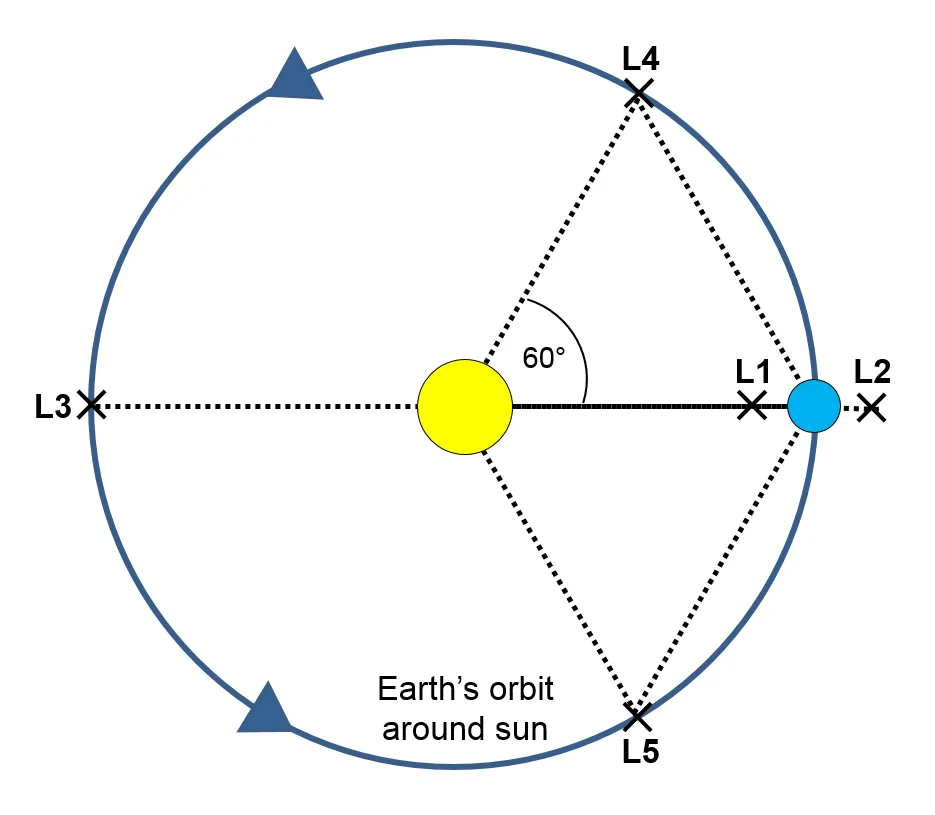
If the project goes ahead, it should provide the Met Office Space Weather Operations Centre with more data to model space weather and make more precise predictions about the threat each event poses.
And precise predictions will be vital for reassuring a general public that may soon be seeing space weather forecasts on TV despite knowing very little about the phenomenon.
“During a significant event, we certainly have plans to make it part of the usual weather forecast information that’s coming out through the media,” says Burnett.
“But certainly, in the short term, there’s no expectation that the public will have any understanding of space weather. So we expect the forecasts will give a brief description of what has happened on the Sun, what effect it might have on Earth and what the public should be prepared for.”
And what does being prepared for a space weather event entail?
“Well, the threat isn’t directly posed to private households and their occupants but to the critical national infrastructure that supports them – things like the power, GPS and transport networks.
"The best thing the pubic can do is be prepared for a loss of power in the usual way by having torches and batteries ready, keeping freezer doors closed and not relying on GPS devices.
"Also, be ready to see the aurora over the UK.”
Key questions about space weather
The Met Office’s Catherine Burnett explains where you can find space weather forecasts and what happens when an event is expected
Where can I find out about space weather?
“The public can find out information about all space weather events (not only those events that pose the most significant risk and would prompt a TV forecast), or where there’s a good opportunity to see the aurora on the Met Office website.
"The Space Weather Operations Centre’s twice-daily forecasts have been available on its website since 2014 and we’ve been issuing them through our Twitter feed @MetOfficeSpace for the last two years."
What happens when a space weather event is forecast?
“If you know there’s a space weather event coming you bring as much equipment into full operation as possible to spread the impact as far as you can. That’s what they learnt in 2003 in Sweden.
"They weren’t aware there was a space weather event about to happen so they had parts of their power grid in and around Malmö switched out for maintenance. And that’s what made the city so susceptible to that weather event.”
